Villa San Michele: The remarkable garden built on Capri’s Roman ruins
Steven Desmond explores the remarkable gardens of Villa San Michele, founded on Roman ruins and one of the destinations of a Country Life readers’ tour later this year.
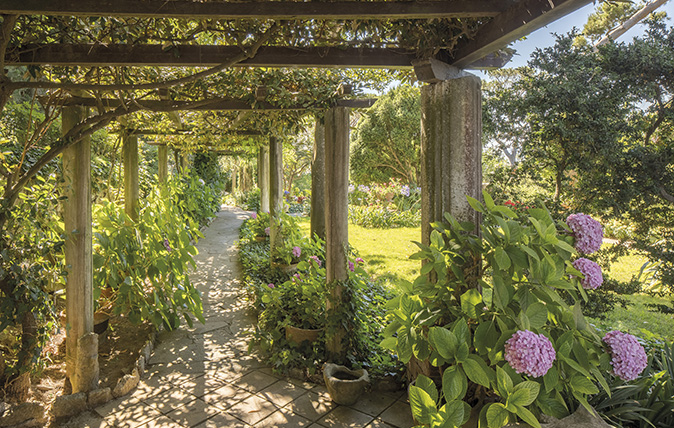

Axel Munthe was a Society doctor in fashionable corners of Europe during the years either side of 1900. He was based at various times in Paris and Rome, attending to maladies ranging from the incurable to the imaginary, with Guy de Maupassant and August Strindberg among his charges.
His most famous patient, however, was Victoria, Queen of Sweden, whose complete faith in his skills over many years even survived the First World War, when the two ranged themselves on opposite sides of the conflict. Most of this endless consultation took place in Munthe’s house on the island of Capri in the Bay of Naples, the Villa San Michele.
After Munthe’s death in 1949, the property was presented to his native Sweden as a centre for artistic and humanitarian studies. Anyone who comes can walk through the house and garden, which are maintained just as Munthe would recognise them, and share his sense of a quiet world of white walls and sunlight embellished with superb collections and a garden of great beauty high above the brilliant blue of the scenery below and beyond.
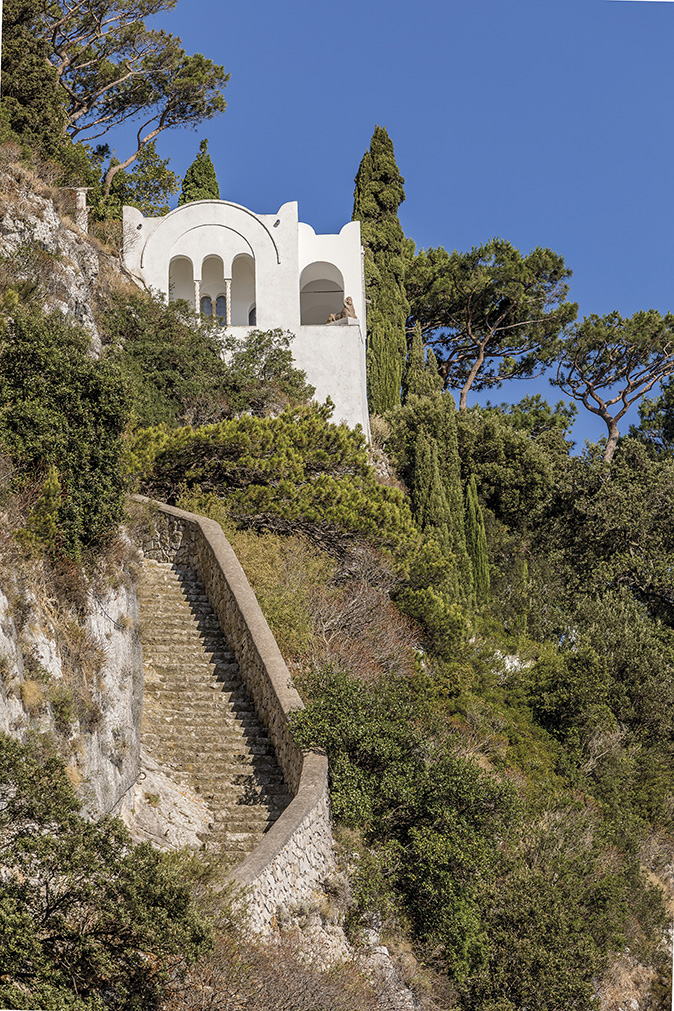
The villa lies down a quiet lane in Anacapri, on a spectacular height above the port. When Munthe found the site in 1887, it was necessary to climb the 777 steps from that port to his dubious acquisition. Even now, it’s a rather exciting bus ride up the precipitous mountainside, accompanied by the gasps of fellow passengers.
Munthe himself said that he had no real idea what the proposed house would look like beyond a rough sketch he drew on a wall with a piece of charcoal: ‘It looked as if drawn by the hand of a child.’ Nonetheless, he knew that he wanted columns, a peristyle courtyard and a perimeter walk from which he could look out over that peerless view towards Sorrento and the Amalfi coast.
From these vague beginnings arose the present villa, its rooms and garden spaces filled with Munthe’s collections of antiquities. National museums everywhere are filled with such objects donated by some great man’s descendants, so it comes as a refreshing surprise to see them arranged in this domestic fashion for sentimental attachment rather than archaeological rigour.
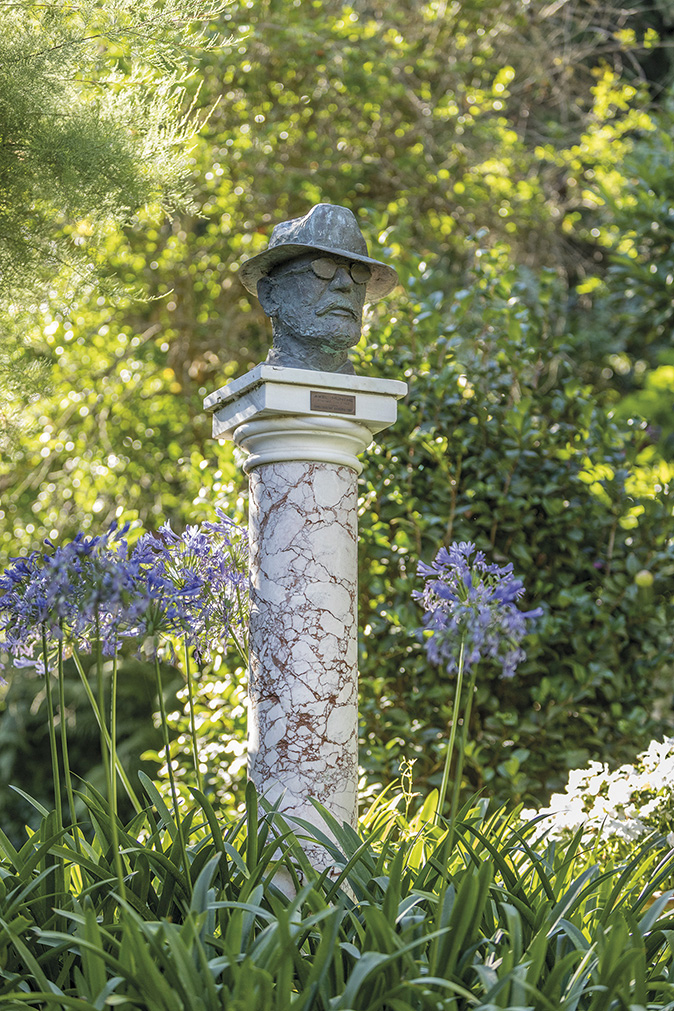
Some of the pieces were found on site when footings were being dug, as Munthe and his builders came across mosaics, inscriptions and fallen columns buried a yard below ground level. As the Emperor Tiberius had a series of villas on the island in ancient times, the mind boggles as to what precious antiquities these people were shovelling up.
Sign up for the Country Life Newsletter
Exquisite houses, the beauty of Nature, and how to get the most from your life, straight to your inbox.
Other objects, such as the superb bronze copy of the seated Hermes found at Herculaneum in 1758, are relatively modern additions. Still others are antiquities brought by Munthe from elsewhere, like the famous red-granite sphinx that perches on the perimeter wall at the farthest extent of the terrace. It’s obviously Egyptian, but wonderfully positioned so that no one can ever get a close look at its face, which forever gazes inscrutably at the epic view. Even now, Munthe is teasing us from afar.
In order to get into the garden, it’s necessary to walk through the house. This is as it should be: by the time we reach the open air, we have absorbed something of Munthe’s mindset and outlook from his rooms and their contents. The link from house to garden is gradual, passing through an intermediate space elegantly arranged with many of those lovely objects. The seated Hermes sits in the middle of this space, facing us as we approach. Behind him stretches, apparently indefinitely, a pergola, beckoning us into the sunlight.
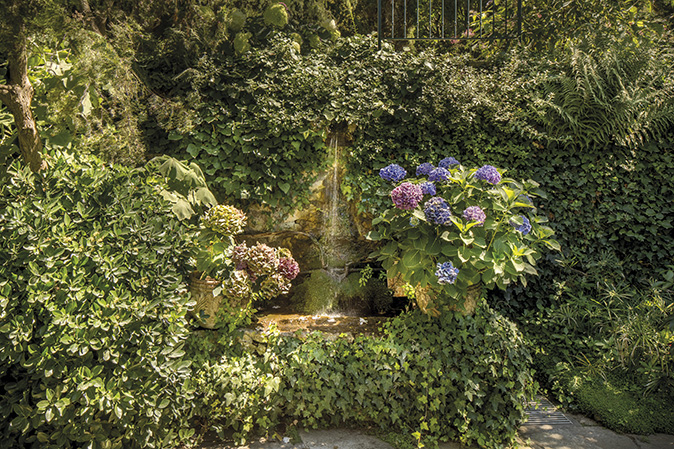
The pergola, that signature feature of villas made by northerners in the south, is worth pausing under. It’s supported by parallel rows of well-spaced, whitewashed Doric columns, one side forming the edge of the garden, so that we feel we’re looking down from the top of the world. The timber crossbeams support a roof of wisteria, providing a sense of seclusion. The long line of the walk curves out of sight further on. There is plenty of incentive to explore.
The planting along the walk is pleasantly low-key, in the knowledge that everything is a foreground to the view. Simple containers placed at rhythmic intervals contain cinerarias in the spring, a flower almost extinct in modern British conservatories, but which relishes the simple sunny life here in Campania. Pelargoniums of every kind take their place for the summer months. The end of the pergola brings us to that little alcove where we follow the presumed gaze of the sphinx over the great blue yonder.
A few steps up bring us to the entrance to the chapel. Munthe was careful here, keeping much of the original structure. A recording of Schubert’s An die Musik, Munthe’s favourite and a song he often sang here, accompanied by Victoria at the piano, drifts through the door into the garden.
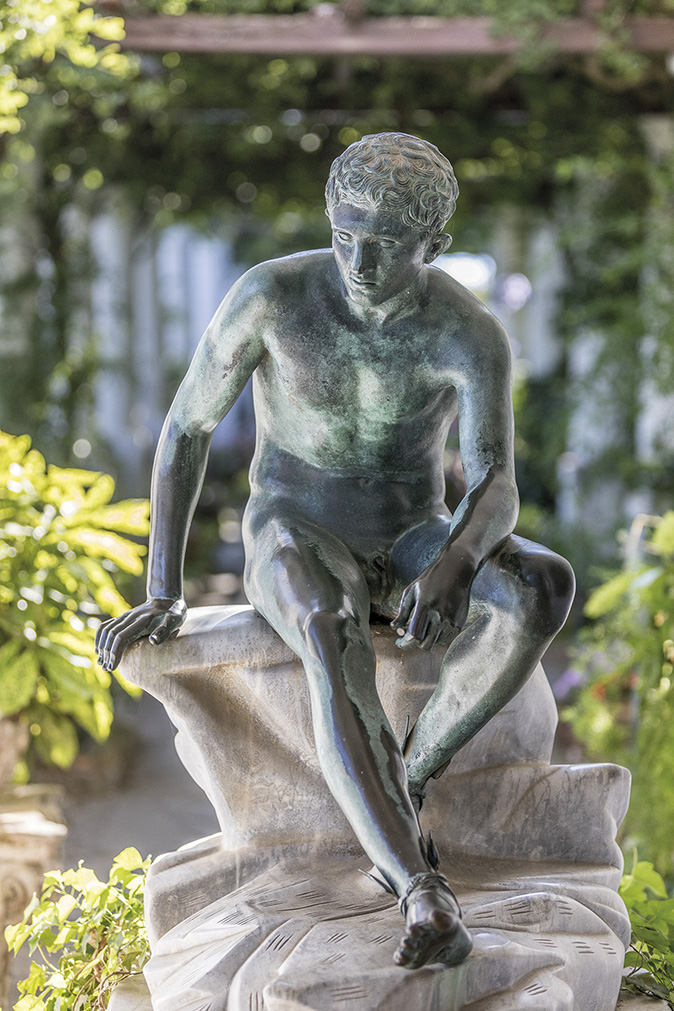
The image of the doctor and his special client are ever present in the garden. Munthe said of himself that he was not a good doctor, but that his patients had confidence in him, and that was what mattered. Perhaps his secret was that, unlike his rivals, he was prepared to listen.
Walking back towards the house, we pass along a narrow avenue of cypresses that Munthe grew from cuttings taken from the famous trees at the Villa d’Este at Tivoli. In this greener part of the garden, a comfortable backdrop of acanthus, hydrangeas and agapanthus loosely frames green lawns and walks punctuated by seats and ancient stone troughs that surely once had nobler purposes.
Nearby, a Modern bronze head of Munthe is simply placed on a short column and meets our eye occasionally as we walk, quietly reminding us who made all this. Perhaps the only missing element is the sound of his beloved dog padding about by his side.
The tiny courtyard contains more stones from the ancient world, centred round a little bronze statue of a mischievous boy clutching a fish. Finally, the roof terrace above him, served by the surprisingly elegant cafe, allows us for the first time to look down on the garden we have walked through, hearing with pleasure the murmurs of admiration of invisible figures in the undergrowth below.
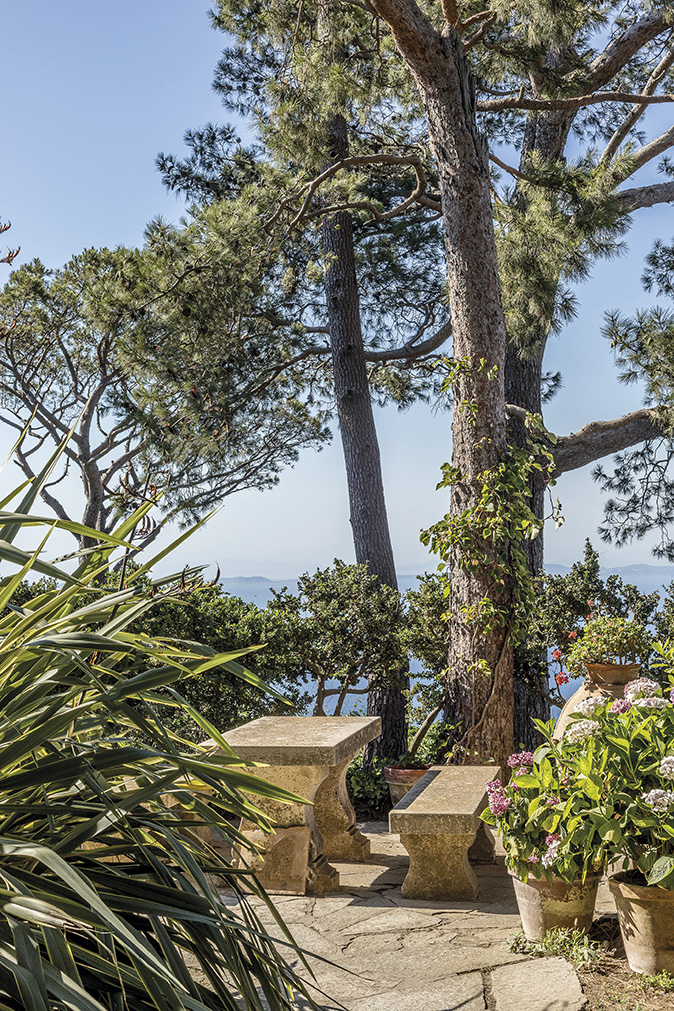
That sense of privacy and delight is due in large part to the work of the gardener here, Raffaele Scarpato, who took over when his uncle retired from the post. It’s never easy to maintain such a high standard when the garden is constantly open to the public, but those pretty flourishes of freesias and the whole atmosphere of fresh neatness are sure signs of a skilled craftsman who loves his job.
All this quietly ordered beauty is managed with unobtrusive care by the Swedish foundation established to carry out the founder’s last wishes, with a programme of concerts in the house and chapel each year. The villa even serves as the address for the Swedish consul on Capri, a post for which there must be many applications.
Munthe readily acknowledged that he was not a perfect man, but the story of his life is full of worthy incidents and there is no better place to reflect on them than here.
Join Country Life on a tour of Villa San Michele and the Amalfi coast this autumn
In association with Boxwood Tours, Country Life is delighted to announce its tour this autumn, to the spectacular Bay of Naples and Amalfi coast, taking in the islands of Ischia and Capri. This tour of stimulating contrasts and richly varied gardens is taken at a leisurely pace.
Our visit to Ischia and the glorious gardens of La Mortella includes a concert and a private boat taken across the bay brings us to Anacapri and San Michele, the garden of Axel Munthe, made famous by his book The Story of San Michele. We will climb narrow paths to an Amalfi lemon grove, stand on the infinity terrace at Villa Cimbrone looking far out to sea and have some time to explore Ravello; later, we shift from the intimacy of a private villa to the vast landscape of Caserta.
Hosted by Nicholas Dakin-Elliot, of La Pietra, and led by Patience Shone, both experts on Italian gardens, our six-day (five-night) tour is based first at The Mezzatore, a five-star spa hotel on Ischia, with a private bay and beach. The renowned Hotel Santa Caterina is a stylish villa immersed in the beautiful scenery of Amalfi, surrounded by the perennial blue of the Mediterranean sea and sky and lovingly cultivated olive and citrus groves. The classic recipes of the region and their brilliant modern interpretation have earned Santa Caterina an outstanding reputation on the international gastronomy scene.
The price per person is £4,290 (single supplement £690 levied by the hotels). It includes return BA flights from London Gatwick, two nights at the Mezzatore and three nights at Santa Caterina in Amalfi, all rooms with sea views. Buffet breakfasts, three evening meals and four lunches are also included; flight upgrades available on request.
Please visit www.boxwoodtours.co.uk, email mail@boxwoodtours.co.uk or telephone 01341 241717 for further information.
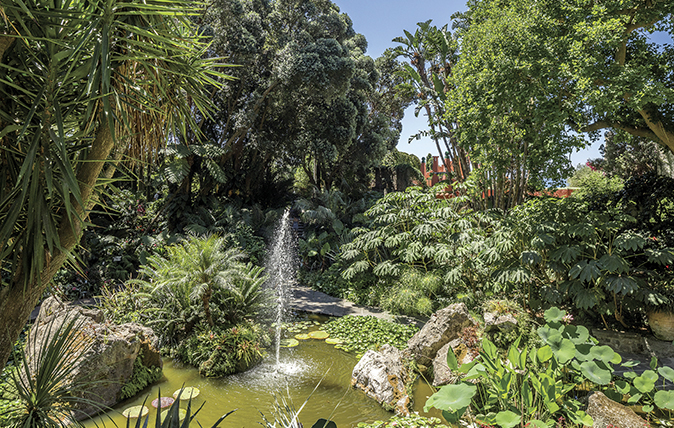
Giardini La Mortella: A lost world of near-tropical beauty tucked away on an Italian isle
Steven Desmond describes the cross-fertilisation of exuberant experimentation and cool practicality that produced La Mortella, one of the destinations of
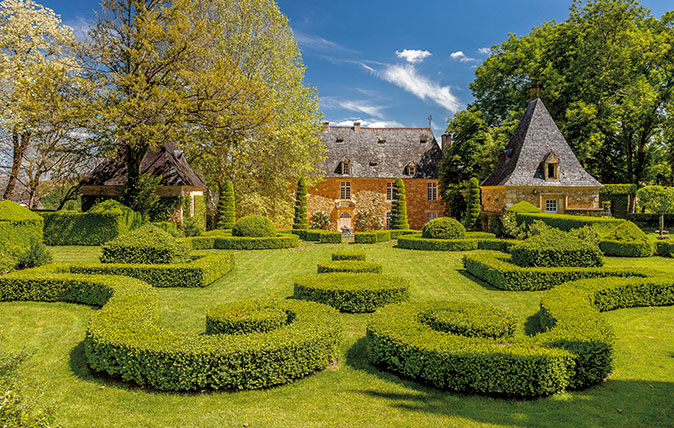
The Gardens of Eyrignac: A Dordogne jewel that was the vision of one incredible man
Gilles Sermadiras's family were horrified when he announced that he was to build a garden, and he did so while
Country Life is unlike any other magazine: the only glossy weekly on the newsstand and the only magazine that has been guest-edited by HRH The King not once, but twice. It is a celebration of modern rural life and all its diverse joys and pleasures — that was first published in Queen Victoria's Diamond Jubilee year. Our eclectic mixture of witty and informative content — from the most up-to-date property news and commentary and a coveted glimpse inside some of the UK's best houses and gardens, to gardening, the arts and interior design, written by experts in their field — still cannot be found in print or online, anywhere else.
-
 A Grecian masterpiece that might be one of the nation's finest homes comes up for sale in Kent
A Grecian masterpiece that might be one of the nation's finest homes comes up for sale in KentGrade I-listed Holwood House sits in 40 acres of private parkland just 15 miles from central London. It is spectacular.
By Penny Churchill
-
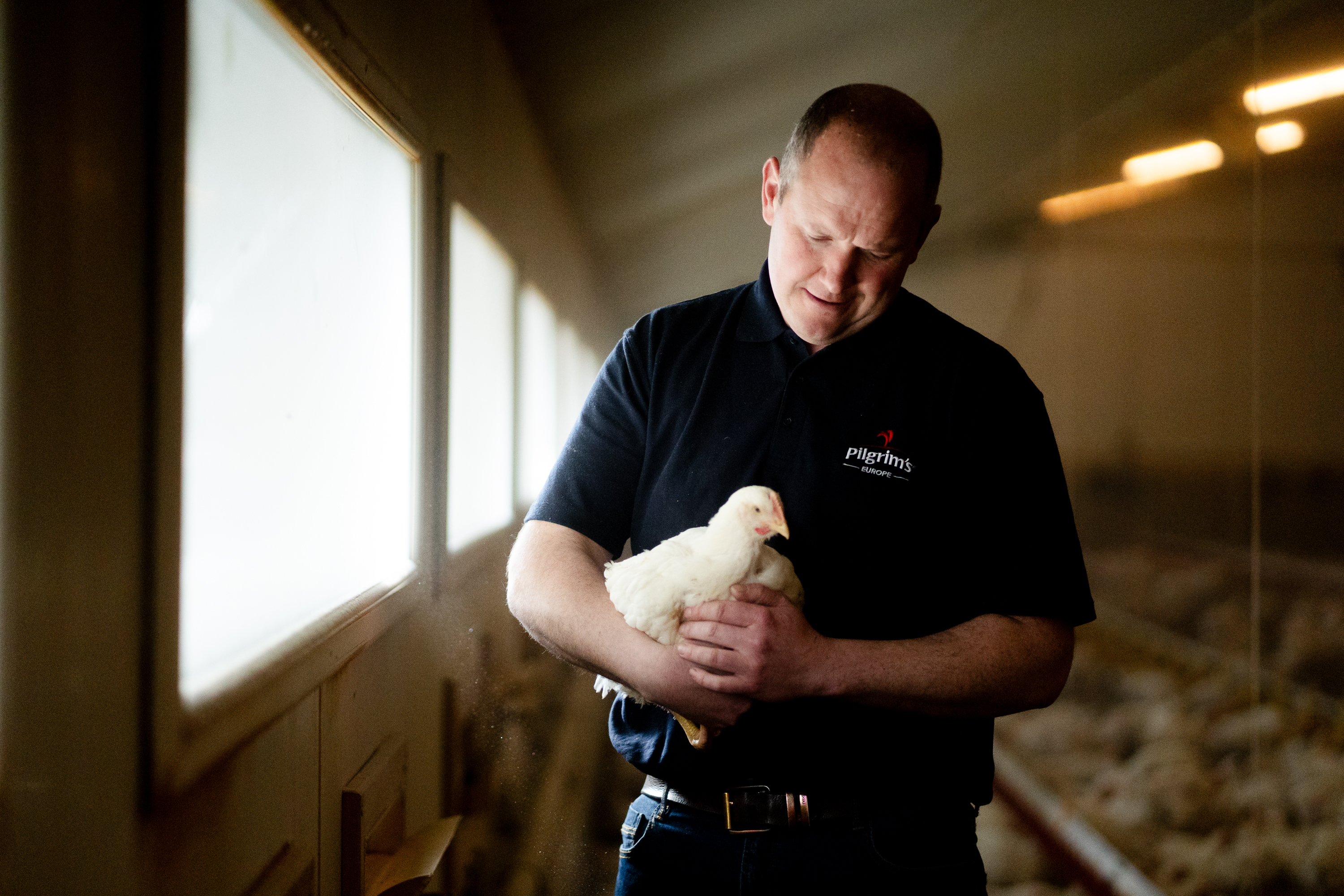 What the cluck? Waitrose announces ‘trailblazing’ pledge to help improve chicken welfare standards
What the cluck? Waitrose announces ‘trailblazing’ pledge to help improve chicken welfare standardsWaitrose has signed up to the Better Chicken Commitment, but does the scheme leave Britain open to inferior imports?
By Jane Wheatley